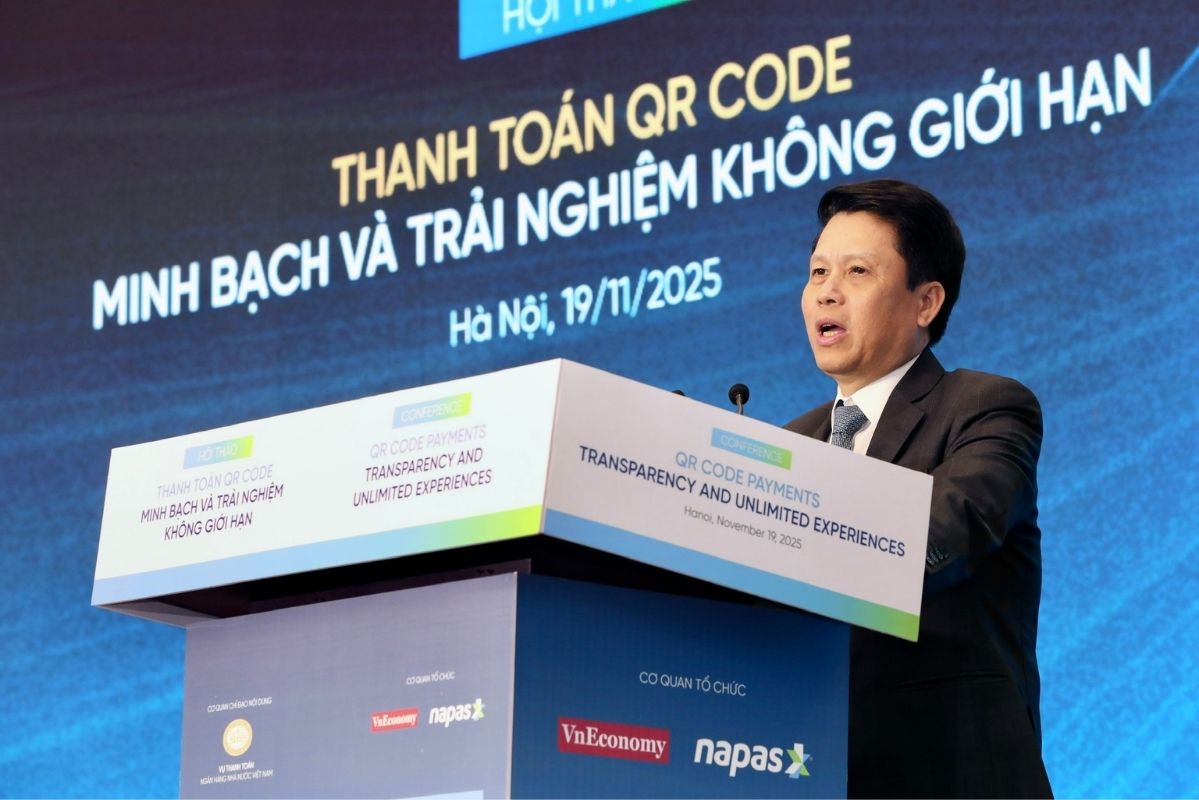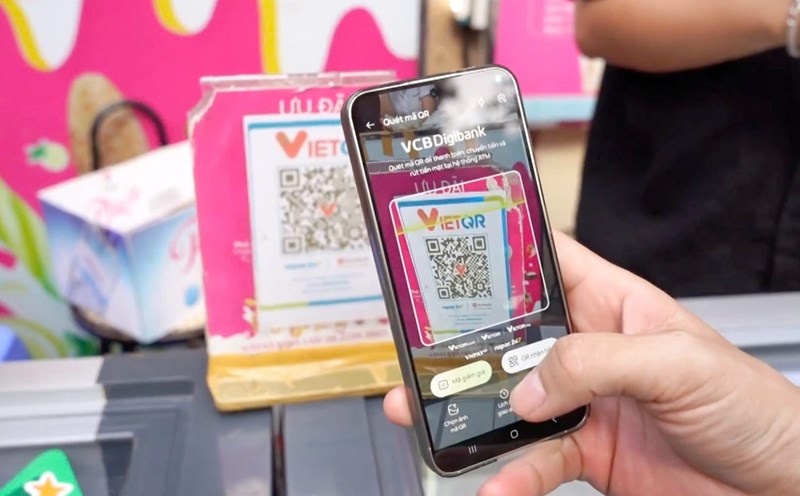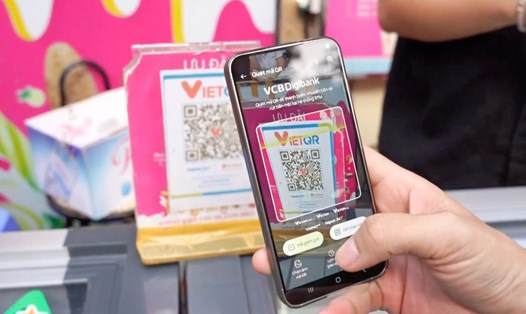On November 19, the Workshop " QR Code Payment: transparency and unlimited experience" was organized by Vietnam Economic Magazine (VnEconomy) in coordination with the Payment Department, the State Bank of Vietnam and the National Payment Joint Stock Company of Vietnam (NAPAS) and related units.
There needs to be a technology system between buyers and sellers
Speaking at the opening and evoking some important contents, Mr. Pham Tien Dung - Deputy Governor of the State Bank of Vietnam said: "The QR transfer fee is still necessary for life, however, I am very happy to mention QR payment from the perspective of sellers. In order to realize this form, we need a sales unit with a technology system for buyers to place orders, a delivery system, issue invoices and buyers to pay".

According to Mr. Dung, Vietnam is a country with a flexible definition of "money calculator", which can be automatically integrated with the corporate governance system. Payment QR contributes to automation, reducing the work for sales units from ordering, delivering, receiving goods, and accounting for invoices.
Representative of the Payment Department, Mr. Pham Anh Tuan - Director of the Payment Department, State Bank of Vietnam - informed about non-cash payment activities (TTKDTM) in the first 9 months of the year. "Shopping and selling transactions reached more than 17.8 billion transactions, equivalent to VND240 million billion, up 43.32% in quantity and 24.23% in value".
In addition, cross-border payment activities have provided two-way services to Vietnamese customers and customers from countries cooperating in countries such as Thailand, Laos, and Cambodia. In 2025-2026, Vietnam will continue to supply to the market with China, South Korea, Singapore, India, Taiwan (China).
"Stop-off" in implementing QR code payments
pointing out some problems in the process of implementing payments via QR Code in recent times, the Director of the Payment Department, State Bank of Vietnam - said that many payment acceptors have the habit of using personal QR codes to receive payment for goods and services from customers due to the advantages of this form of payment such as convenience, speed, no fees, no need to sign a contract, etc.

The Director of the Payment Department frankly shared that in reality, the units issuing the QR Code brand have not really cooperated closely with each other to carry out the purpose of interconnection in payment via QR Code, leading to inconvenience for customers.
Cross-border payment services have been cooperated with a number of countries such as Thailand, Laos, and Cambodia, however, the number of transactions is not large, not commensurate with market demand.
In order to overcome the remaining problems, Mr. Pham Anh Tuan proposed some orientations in the coming time.
First, payment service providers/payment intermediaries need to focus on expanding the network of payment acceptance units to meet the increasing needs of people and businesses; Take measures to encourage payment acceptance units to use QR Codes for payment instead of QR Codes for money transfer.
Second, strengthen payment interconnection cooperation between different QR Code brands to bring payment convenience to customers.
Third, aiming to deploy connections with China, South Korea, Singapore, India, Taiwan (China), Malaysia...
Fourth, strengthen communication so that customers know about the service, strengthen training of staff at payment acceptance units to ensure that customers can identify and properly use bilateral retail payment services via QR Code.
Within the framework of the workshop, the Commitment Ceremony to convert from QR Transfer to QR Pay is a highlight of the program. Representatives of 28 banks and payment intermediary organizations expressed their determination to accompany the roadmap for QR code standardization according to the direction of the State Bank.











